Tree Peony, as China’s unique woody flowers, with thousands of years of natural growth and more than 2000 years of artificial cultivation history, widely loved by the people, often found in the garden or landscape. However, in the process of tree peony cultivation, due to weather, soil and management and other reasons, it is easy to appear disease. The infected plants often show the phenomenon of leaf covered with disease spot or edge withered, branches thin and weak, root rot and disfigurement, if the infected plants are not treated in time, the disease will spread in a large scale, which greatly affects the ornamental value and economic value of the tree peony. Therefore, peony disease control is an important part of the cultivation of peony, today to give you a brief introduction of the six major peony disease control.

01Anthrax
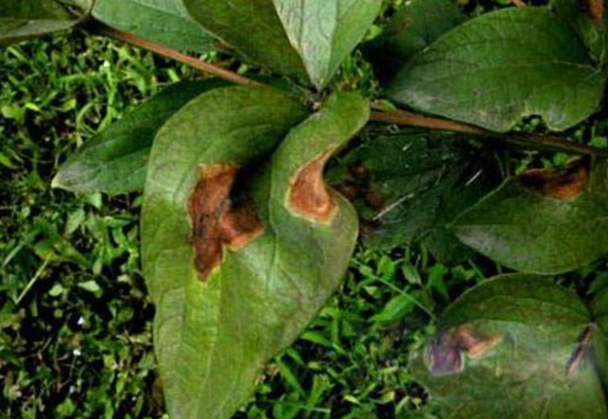
Damage parts: stems, petioles and petals and other plant young tissues
Manifestation: the leaf surface will appear small brown spots, when serious into a round or irregular spots can lead to perforation, the affected young leaves will also show the characteristics of shrinkage, curling. After infection, the stem will appear initially reddish brown oblong spots, then will develop into large irregular spots, the middle will appear inconspicuous light gray, the edge of the spot is reddish brown. Infected stems will bend and eventually fold, and young stems will wither and die in a short period of time. The petal and the flower scale can appear bud wither and the deformity flower and so on question, if the occurrence disease is in the rainy and wet season, the surface also can produce the pink spore pile.
High incidence: the pathogen of anthracnose usually overwintering in the form of hyphae in the diseased plant. Conidia will germinate and spread when the temperature is suitable in the second year.
Methods of prevention and Cure:
1 deep turn the soil of peony cultivation, improve the air permeability of soil and the environment of microorganism growth, ensure the root can stretch to grow, absorb sufficient nutrient.
(2) pruning the whole plant in time, removing dead branches and debris, and burying or incinerating them.
3 spraying 75% Mancozeb or Anthrax Thiram 500 times, once every 15 days, continuously spraying 2-3 times.
02 Powdery mildew
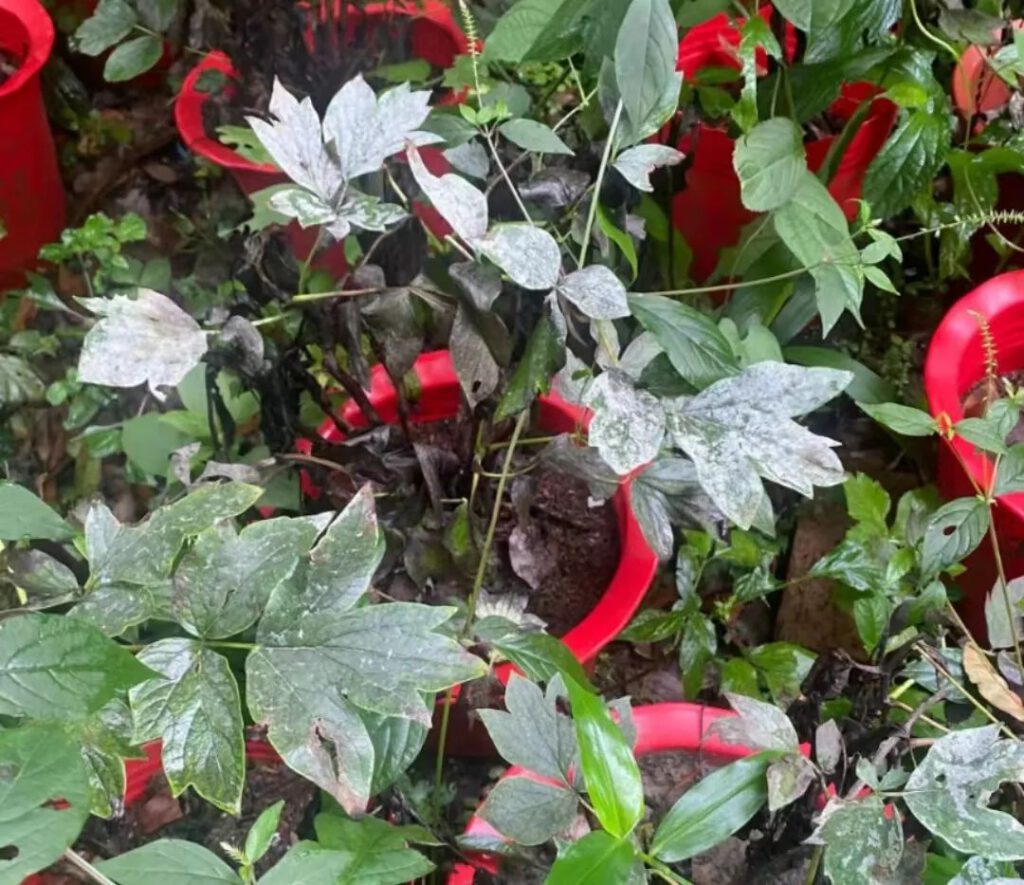
Damage parts: leaves and petioles
Manifestation: the peony leaves will form a layer of white powdery spot in the early stage, and the disease spot will appear on both sides of the petiole and leaf surface in the late stage, accompanied by many small black spots, and gradually expand and develop into a large area of disease spot, it can cause whole leaves and stalks to wither and die.
High-incidence period: generally in the rainy and wet season occurs very serious, too dense plants or poor ventilation can also cause peony powdery mildew.
The control methods were as follows:
(1) proper pruning and shaping could be carried out to improve the ventilation and light permeability of the plants and to remove the infected leaves in time. (2) spraying 20% triadimefon WP and strengthening field management, phosphorus and potassium fertilizer could be applied properly, but the amount of nitrogen fertilizer should be strictly controlled to improve the disease resistance of plants.
3 sulphur mixture could be sprayed before sprout in spring, 80% Mancozeb wettable powder or carbendazim could be sprayed at the onset of disease in growing season, once every 15 days and three times continuously.
03Root rot
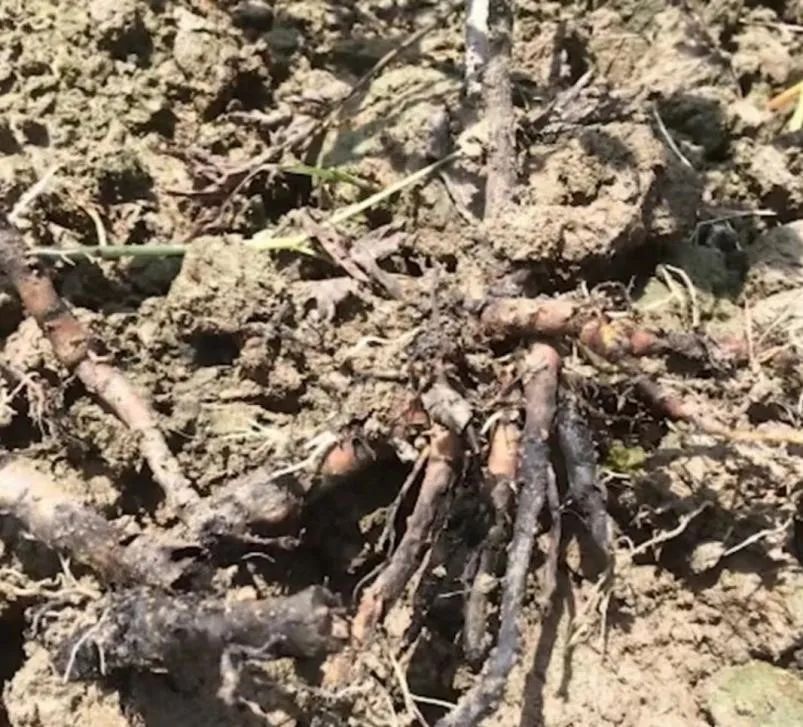
Damage: Root
Manifestation: the leaves will turn yellow or reddish, some mesophyll will turn yellow, while the growth of some plants on the ground is weak, serious will lead to leaves and branches withered, the whole plant death, the roots of the diseased plants were found to be rotten and dark brown.
High incidence period: the field environment is humid, water accumulation is serious. In addition, the plants which were not transplanted with soil ball during Ramet transplanting were also susceptible to disease.
Prevention and Cure Method: after the soil is deeply turned, carbofuran can be applied, and carbendazim WP can be sprinkled on the base of peony root, every 10 days, to ensure that the medicine can be deep underground.
04 Leaf spot
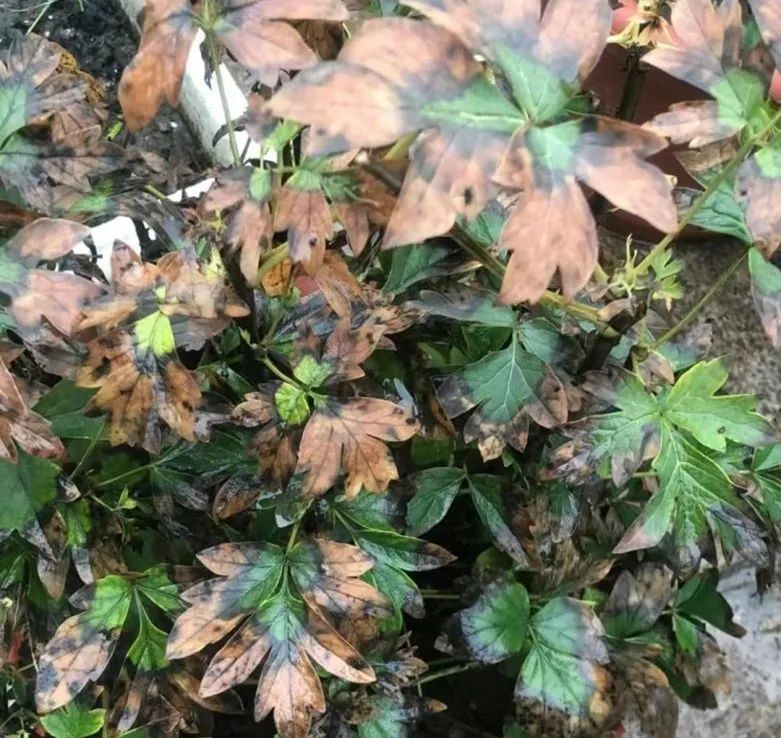
Damage parts: leaves and shoots
Manifestation: 15 days after flowering, brown spots appear on the abaxial surface of the leaves, the edge of the color is darker, and then developed into an irregular circular spots, all the spots can be connected into one, leading to leaf wither and fall. Infected stems and stalks produce raised lesions, and pathogens can overwinter in stems, leaves, and soil.
High incidence period: generally in the rainy season onset of serious, in high temperature and humid conditions.
Control methods:
1 cut off the infected branches in time before and after the beginning of winter and burn them to ensure that the pathogen was completely eliminated.
2 Bordeaux mixture and thiophanate-methyl were sprayed 3-4 times before the onset of the disease.
05Botrytis cinerea
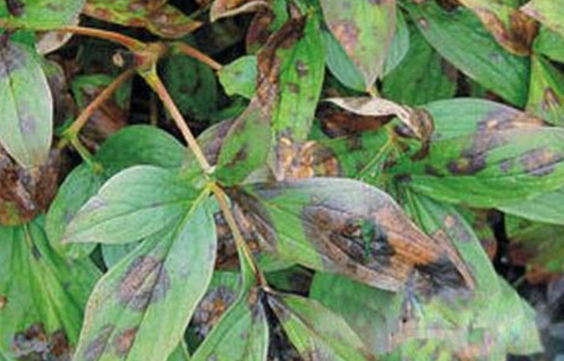
Damage parts: young plants and peony flowers, stems and leaves and other parts
Manifestation: cause the tree peony seedling lodging and withering, death. The infected parts give birth to gray mold, brown spot also appears on the stem, peony peony seed will be seriously affected when the peduncles encounter this kind of disease.
High incidence: July-august every year, when the weather is wet.
Control methods:
1 new soil transplanting, old soil can be sprayed with pentachloronitrobenzene wettable powder for disinfection treatment.
2 control planting density, ensure timely drainage after ventilation and light permeability.
3 the infected branches, leaves and buds should be cleaned up in time, and the whole plant should be pulled out and destroyed.
4 Bordeaux mixture and thiophanate-methyl solution can be used to prevent and cure the disease.
05 seedling damping-off disease
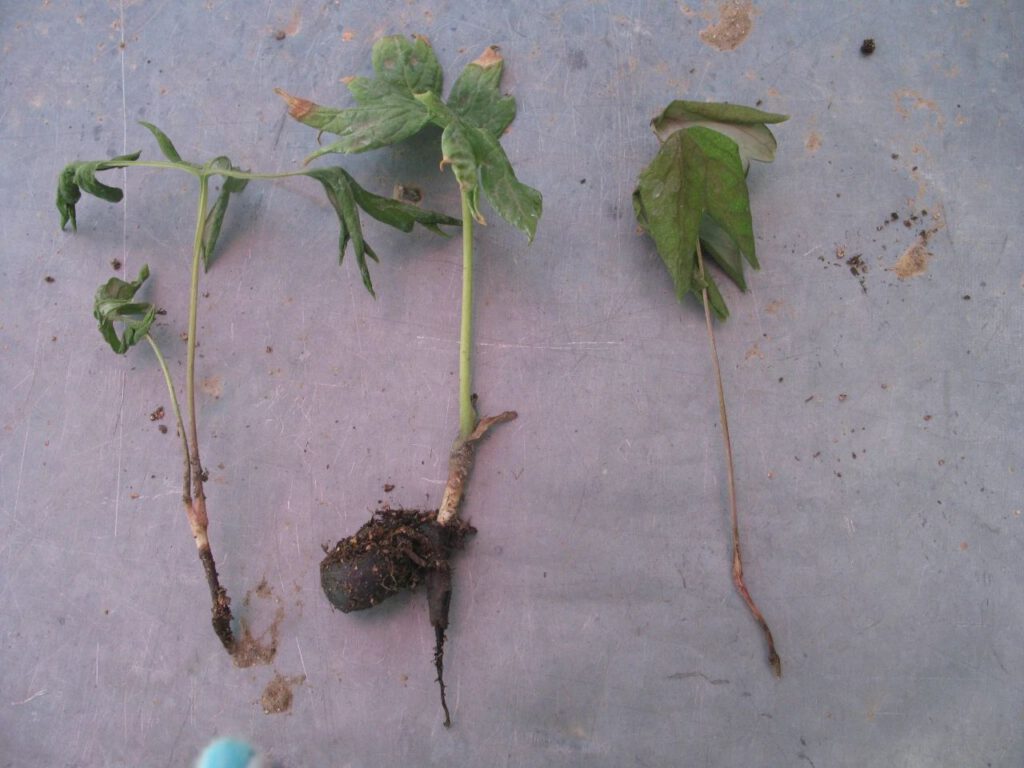
Damage parts: stem base and whole plant
Manifestation: in the process of seedling raising and germination, seedling damping-off will lead to hypocotyl and leaf rot. The seedlings were infected by the disease after they were unearthed, and the first damage was to the base of the stem. Canker lesions appeared on the affected parts, then changed from light brown to yellow brown, and spread around the whole stem, seeds that have not sprouted can also be infected when the disease is severe. Usually, seedling damping-off is mainly caused by pathogenic fungi of the genus Phytophthora. The disease can be spread by means of agricultural machinery, transplanting and farm manure.
Control methods:
1 select disease-free new soil, do not use diseased field to raise seedlings, but also choose Mancozeb and metalaxyl medicament, evenly mix and spread on the border.
2 in addition, peony seeds should be disinfected in 50 ° C warm water for 20 min, then diluted with pyrazolium and Mancozeb etc.
